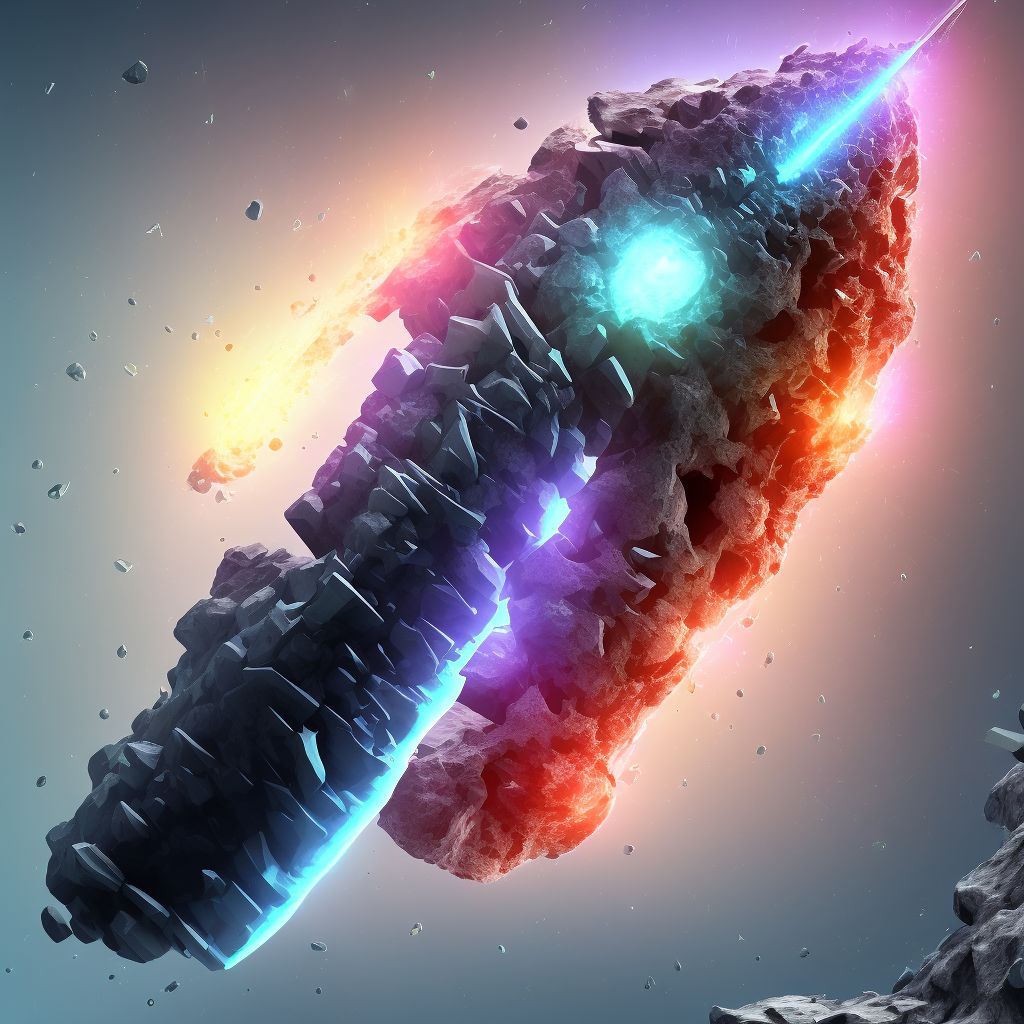
Displaced spiral fracture of shaft of right tibia, subsequent encounter for open fracture type IIIA, IIIB, or IIIC with nonunion Save
ICD-10 code: S82.241N
Disease category: S82.241: Displaced spiral fracture of shaft of right tibia
Displaced Spiral Fracture of Shaft of Right Tibia: Understanding the Subsequent Encounter for Open Fracture Type IIIA, IIIB, or IIIC with Nonunion
A displaced spiral fracture of the shaft of the right tibia is a serious injury that can require subsequent encounters for open fracture treatment. In this article, we will explore the implications of open fracture types IIIA, IIIB, or IIIC with nonunion, providing valuable insights into this complex condition.
1. Open Fracture Type IIIA:
- In open fracture type IIIA, the bone breaks through the skin, causing a severe injury.
- The subsequent encounter for this type of fracture involves thorough examination and assessment to determine the extent of the damage.
- Medical professionals may perform imaging tests like X-rays or CT scans to evaluate the fracture pattern and ensure no complications are present.
2. Open Fracture Type IIIB:
- Open fracture type IIIB involves severe damage to the bone, soft tissues, and surrounding structures.
- During the subsequent encounter, healthcare providers focus on wound management and infection prevention.
- Specialized dressings and wound care techniques are employed to promote healing and reduce the risk of complications.
3. Open Fracture Type IIIC:
- Open fracture type IIIC is the most severe classification, often involving major vascular injury and extensive soft tissue damage.
- The subsequent encounter requires close collaboration between orthopedic surgeons and vascular specialists to address both the bone and vascular components of the injury.
- Stabilization techniques, such as external fixation, may be used to realign the bone and provide stability during the healing process.
Nonunion:
- In some cases, fractures may not heal properly, leading to nonunion.
- During subsequent encounters for nonunion, healthcare providers focus on evaluating factors that may hinder proper bone healing, such as infection, poor blood supply, or inadequate immobilization.
- Treatment options for nonunion may include bone grafting, stimulation techniques, or surgical intervention to stimulate bone healing.
While this article provides an overview of displaced spiral fractures of the shaft of the right tibia and subsequent encounters for open fracture type IIIA, IIIB, or IIIC with nonunion, it is crucial to consult with a healthcare professional for accurate diagnosis and tailored treatment options.
Treatment of Displaced spiral fracture of shaft of right tibia, subsequent encounter for open fracture type IIIA, IIIB, or IIIC with nonunion:
Treatment Options for Displaced Spiral Fracture of Shaft of Right Tibia with Nonunion
A displaced spiral fracture of the shaft of the right tibia can be a severe injury that requires prompt and appropriate treatment. When the fracture does not heal properly, it may result in a nonunion, which can further complicate the situation. In this article, we will discuss treatment options f...
To see full information about treatment please Sign up or Log in